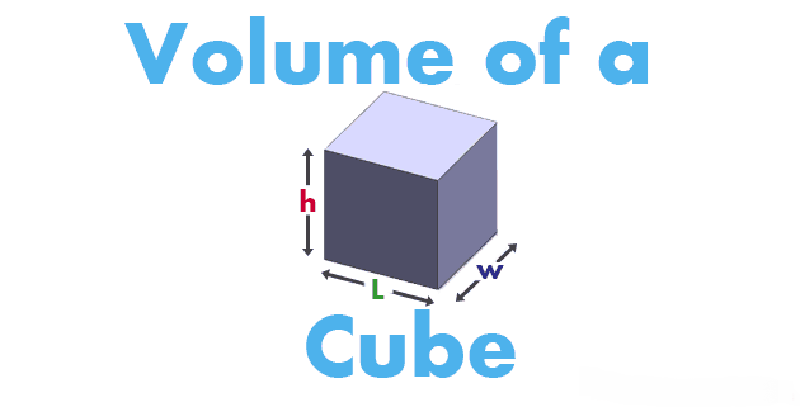This example of argumentative text with a thesis intends to make known the way to approach the textual typology of argumentation in a clear and simple way. So that, students who are faced with the production of argumentative written texts have a model that will help them to produce this type of writing.
If students are able to memorize the structure that makes up a text of this type, you should only worry, basically, the arguments for and against the thesis or topic. Keep reading: Books by age group for our children based on their age
How is an argumentative text written with a thesis?

Sections. At the time of approaching an argumentative text we must have some decided aspects previous to the writing of the same one:
The thesis or topic
The thesis of the argumentative text is repeated throughout the text and in each one of the paragraphs. It is convenient that the thesis appears both in the title and in the first sentence of the first paragraph. This helps the reader know what is going to be discussed throughout the argument. The title of the argumentative text is preferable to be a Nominal Syntagma in which it appears, as I said, the word that gives meaning to the argument.
The arguments for and against
It is not obligatory to put arguments for and against, although it is usually advisable to put both so that the reader who from the arguments is positioned with respect to the text. The order to put a type of argument or another first will depend on the weight we give to the arguments or the way in which we want to convince the reader of the text. You can also choose to mix both types of arguments.

The final conclusion
As far as the conclusion is concerned, it is usually a recapitulation of what has been said in the previous paragraphs. Another option is to leave for the conclusion an argument that we consider to be weighty or we can also repeat an argument that seems important to us and that has already been mentioned. We can repeat it but using other words. In argumentation, we can also position ourselves with respect to the thesis of the text.
Structure
It is recommended that an argumentative text is structured into three or four paragraphs.

Paragraph 1. Presentation of the thesis. This paragraph may have a more expository aspect. Not always in the first paragraph of an argument is taken to favor or against the thesis.
Paragraph 2. The second paragraph is the one used to explain the arguments of the thesis. We can choose between a single paragraph for the arguments for and against or a paragraph for each type of argument. In principle, it does not matter for the type of argument with which it begins.
Paragraph 3. It serves for the conclusion of the thesis and usually has an extension similar to that of paragraph 1.
Other aspects to consider. Depending on the degree of difficulty we want to give to the text, it can include:
Other arguments. Along with the arguments for and against, in an argumentative text we can use several other types of arguments as the authority of personal experience or example, to name a few.
A textual quote. The author’s name will be given and will be enclosed in quotation marks.
Question-answer. Often the author of the text asks a question and answer himself to influence the reader.
Rhetorical figures (image, metaphor, hyperbole). They tend to be frequent when the argumentative text has a literary purpose.
Phrases made or sayings.
Evaporative adjectives (important, fundamental, extraordinary, essential …)
Textual connectors

It is advisable to start the paragraph of the arguments and the exhibition with a textual connector (First, in short). It is also convenient to use a connector when changing from arguments to favor to arguments against or vice versa (but, though).
The drafting of the argumentative text with the arguments that we will use in the second paragraph. The example of argumentative text with a thesis on the subject of VIDEOGAMES. In this text, the arguments for and against are in the same paragraph mixed. You may also read: http://shopomania.net/how-to-choose-toys-for-children/









